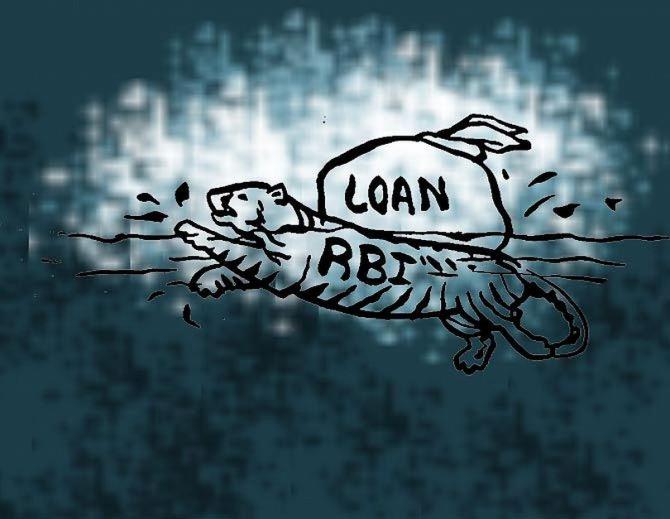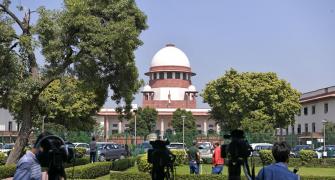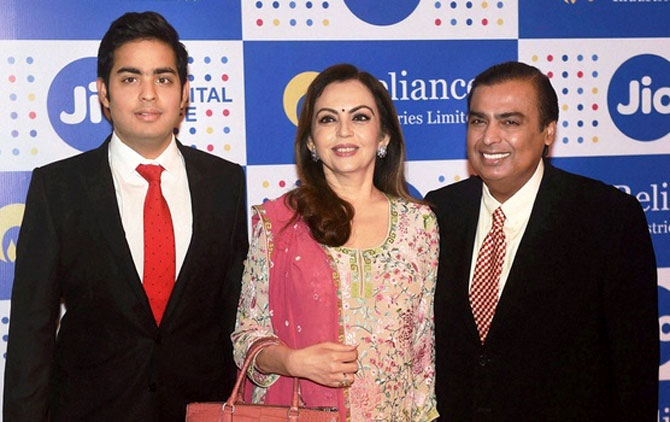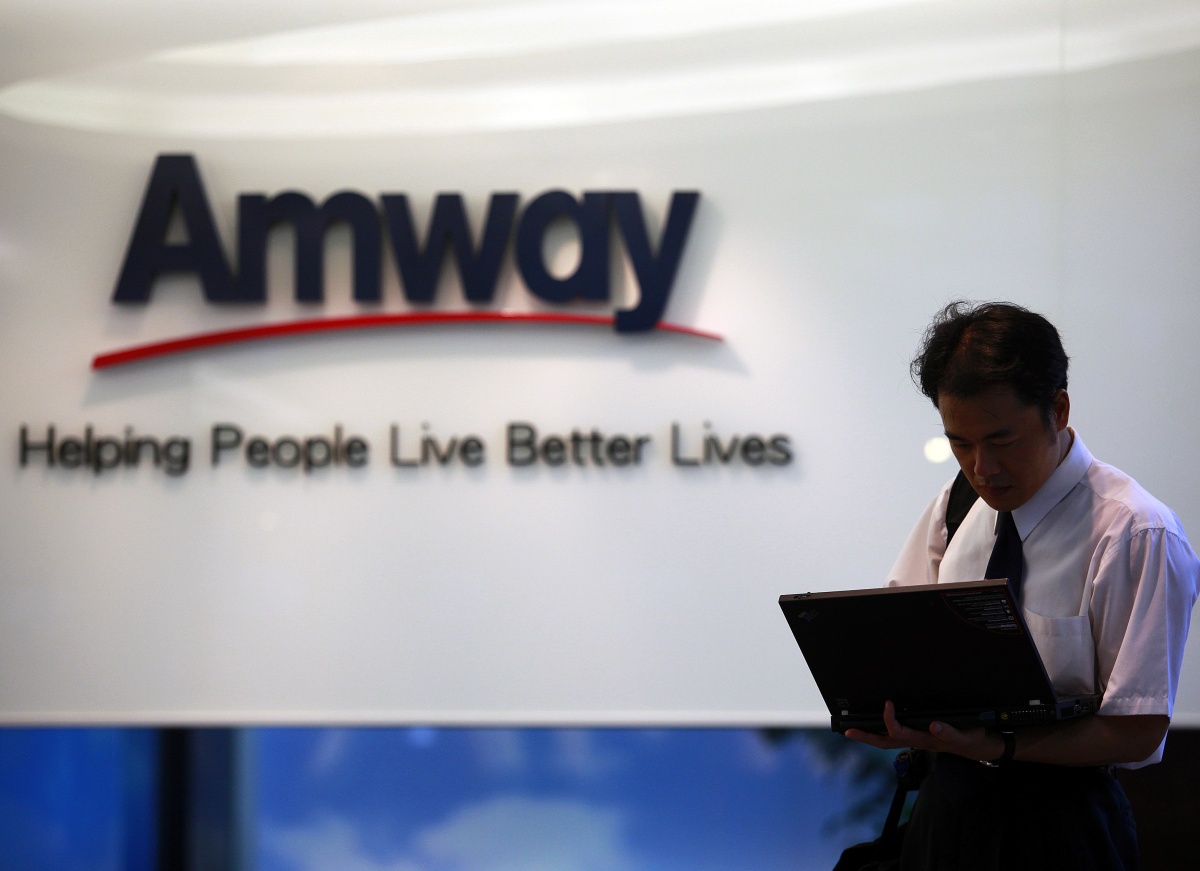The unexpected interest rate hike by the RBI on Wednesday will have the banking system on average making a 10-15 bps gains on the yields, with private banks making larger gains as 57 per cent of their loans are linked to external benchmark rate and 40 per cent to the marginal cost of lending rates, as per a report.

Stating that lenders and borrowers will face volatile times with the Reserve Bank raising the repo rate by 40 bps to 4.40 per cent and the cash reserve ratio (CRR) by 50 bps on May 4 in an off-cycle policy move, India Ratings said the market rates had already been moving higher before the move.
The 364-day T-bills have moved up 120 bps and 10-year G-sec by 140 bps since May 2020, when the repo rate was cut to a record 4 per cent, which led to an expectation of a faster and sharper rise in interest rates in the system but the central bank stayed the course to support the fragile economy battered by the pandemic.
Banks' overall yield can improve by about 15 bps, as at the system level as of December 2021, 39.2 per cent of the loans were based on the external benchmark based lending rate (EBLR) and 53.1 per cent on the marginal cost of funds based lending rate (MCLR), the agency said.
Since there will be a direct and more immediate impact on loans based on EBLR, those based on the MCLR will be gradual and therefore at the system level, the yields will rise by 10-15 bps due to the repo hike but private lenders will benefit more given that 57 per cent of their loans are linked to EBLR, and 39.9 per cent are linked to MCLR, the agency said.
In the case of public sector banks, about 28.3 per cent of advances are based on EBLR and 61.3 per cent on MCLR.
However, the yield from the repo rate will be cushioned by the rising deposit rates that will cap their spreads, especially for those with a higher proportion of liabilities at the shorter end, wherein the effect of this rate hike will immediate and larger.
The longer tenor loans such as home loans and loans against property are likely to witness a sharper increase in EMIs.
To cushion the impact on the cash flow, lenders are likely to become more flexible with respect to tenor extensions, the report said.
The report also said given the lag in a price increase on the deposits side, it will be slow and measured.
The share of term deposits in the less-than-one-year bucket for banks rose to 76 per cent from about 73 per cent during FY19-21.
Of this, about 40 per cent are under three months tenor.
On the flip side, treasury income is likely to shrink significantly in FY23 for all lenders, the report warned as a 1 percentage point increase in market yields can impact the return on assets of private banks by 5 bps, state-owned banks by 12 bps, and for the overall system by 10 bps.
Overall, banks' profitability expectations for FY23 can be tempered modestly; however, in case the repo rate rises significantly from now, the pressure on profitability can intensify significantly.
A 100 bps upward shift in the yield curve can impact the pre-provisioning operating profit of state-run banks by 7.9 per cent, that of private banks by 2 per cent, and that of the overall banking system by 5 per cent.
The report, however, said NBFCs' yield rise will likely be more gradual as their loans are mostly not linked to repo rates even though their own borrowing costs are likely to inch up faster.
For FY23, NBFCs have Rs 3.4 lakh crore of capital market borrowings up for refinancing, which will result in a higher cost of debt being used for these redemptions.
These are apart from the proportion of bank loan borrowings that are linked to repo rates.
The extent of pass-on of the increase will depend on the business segments in which they largely operate.
For instance, the transmission of the increased rates is likely to be higher in segments such as small-ticket loans against property, used vehicle loans, unsecured business loans and personal loans.
However, the highly competitive segments like housing loans, new vehicle loans, and large ticket LAPs may lead to lower transmission, it said.









